The stories of the historical figures of the Easter Rising have lasted a century. Now, a new project by Glasnevin Cemetery gives voices to all casualties of the conflict, writes Mark O'Flynn.
"The bullets didn’t differentiate between people" said Conor Dodd, historian at Glasnevin Cemetery. He was one of the researchers involved in an initiative by the cemetery where it tried to reach a definitive figure on the number of people who died during the week of fighting in 1916.
Listen: Morning Ireland report
The project was started over three years ago by the late Shane Mac Thomáis, who was the then historian at the cemetery. Following his death, the research was carried on by Jack Kavanagh and Mr Dodd.
Mr Dodd said the research began at the cemetery as the majority of those who died during the Rising were buried there.
"We have all of our registries going right back to the start of the cemetery, so that was the place that we started. From there then we expanded our search out into a wide variety of different sources, and there was well over a year of preparation ... There was a huge amount of confusion that actually surrounded the 1916 Rising, naturally enough so it wasn’t that easy a task."
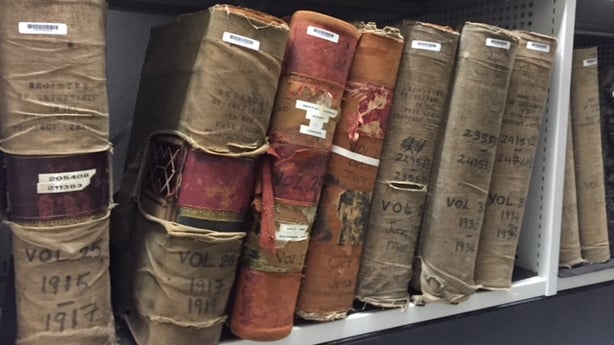
He said: "Essentially what we have now are 488 individual stories from a wide variety of backgrounds with every different social class, every element really of Ireland during that time."
The cemetery's research found that out of the 488 people who died during the fighting on Easter week, 55% of them were civilians; 29% were British soldiers or police (41% of whom in turn were Irish born and bred); 16% were rebel soldiers.
The names of the 488 people, including rebels and civilians, alongside British army personnel, Dublin Metropolitan Police and Royal Irish Constabulary will be unveiled on a 'Necrology Wall' in Glasnevin Cemetery in April.
One innocent civilian who was killed in the final days of the Rising was Patrick Friel. On 28 April 1916, he was shot dead outside his home on Little Strand Street, off Capel Street in Dublin. He was 61.
His great-great granddaughter, Ilona Blunden, contacted a number of historians when she was researching Friel a couple of years ago. One of the historians she was in contact with was Mr Mac Thomáis.
She said there were two theories as to why Friel was shot dead. It is believed that when he left the house, he put on his cap and took out his pipe. One theory is that he may have picked up his son’s cap in error, which was then mistaken as a rebel cap. Another theory is that his pipe may have been mistaken for a gun.
She said it is believed that when he was shot dead outside his home, his body was laid out in the back yard on a door that was taken off the outside toilet. Eventually, his body was brought to Dublin Castle to lie alongside others in the Upper Yard.
On the first day of the 1916 Easter Rising, martial law was declared in Ireland. Because of this, only one person was allowed to accompany a body to Glasnevin for burial.
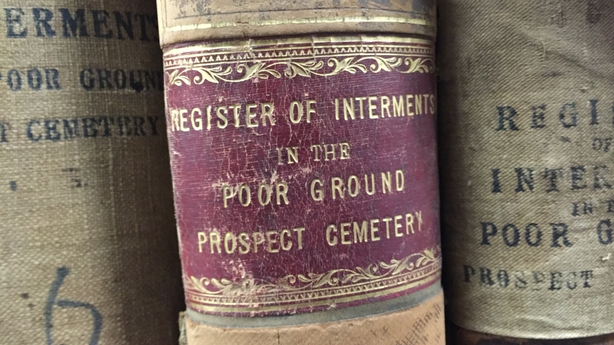
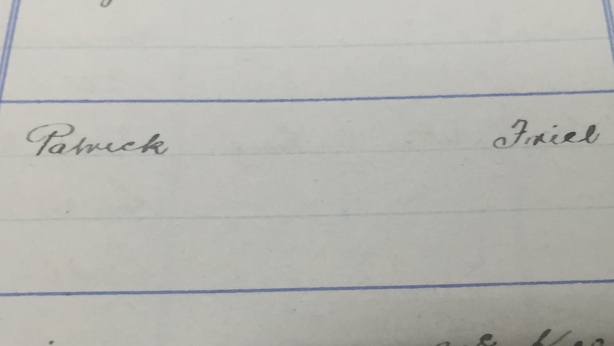
Friel's son, William, made it as far as Cross Guns Bridge, where a military checkpoint searched the coffin for weapons. Anybody without a permit or ID were unable to pass the checkpoint. Because William did not possess either, he was not allowed to pass.
For this reason, no one in the family knew where in Glasnevin Cemetery Friel's grave was. He was buried on 3 May 1916.
Ms Blunden said that Mr Mac Thomáis got the location of Friel's body through the cemetery’s records.
During Glasnevin Cemetery’s research for the 1916 Necrology project, a public appeal was made for anyone who might have had information relating to the Rising to come forward.
Ms Blunden approached Glasnevin following the appeal, and gave information about her relative to Mr Conor Dodd.
She said: "At that point I contacted Conor Dodd, and I offered to contribute content based on the family story. A few weeks ago after contacting him again, he said 'I presume you’ve seen a picture of your great-great grandfather?' And I said 'No'. He said, 'would you like to see one?' And I said, 'Yes. Please!'
Ms Blunden said that no one in her family had seen a picture of Friel before. She described it as a real 'Who Do You Think You Are?' moment.
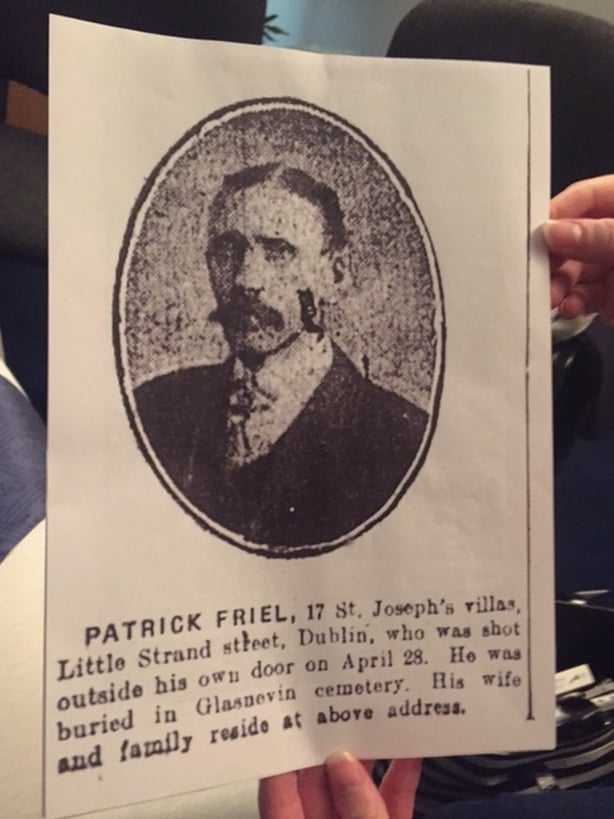
She said that the unveiling of the Necrology Wall will be an "emotional" experience, adding that the day will be a "happy event".
Before the public appeal, Glasnevin's figure on the number of people who died during the Easter Rising was at 485.
However, there has been opposition to the Necrology Wall.
Cara O’Neill, Chairperson of the 1916 Relatives Association said members are "very concerned" about the wall.
The association represents over 2,000 people who are direct relatives of 1916 participants.
She said: "We don’t feel it is appropriate to memorialise all of the people who died in 1916 on the same wall.
"It is a sensitive issue for people and it is not based on any level of disrespect for any of the people whose names will be featured. It is purely, absolutely, entirely on how best to do that and how to do it appropriately. And that’s the beginning and end of our concern about this."
James Connolly Heron, who is the great-grandson of James Connolly is also opposed to the wall.
He said: "If we remember everybody in general, we’re paying tribute to nobody in particular.
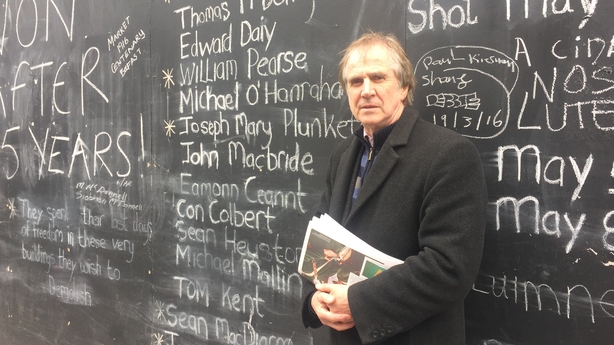
"The people who fought and died in the cause of Irish freedom, we should be able to remember and pay tribute to them separately. It is a stand-alone event."
However, Glasnevin Trust has said the essence of the Necrology Wall is remembrance.
John Green, Chairman of the trust said the cemetery is "recording the historical facts of the 488 people, and reflecting without judgement and without hierarchy, the historical facts of what happened [in Glasnevin Cemetery] at that time."
When asked if he understood people’s concern about the display on the wall of the names from all sides of the conflict, Mr Green said that he did understand people’s concern.
"Our raison d'être here is to bury and cremate the dead with dignity, so we do not want to upset anybody. I would hope that they would look upon this as a positive. That they could come and look at this wall and see that there is nothing threatening about this wall.
"Nobody is taking away from the seminal moment of the Easter Rising. Nobody is taking away from the extraordinary valour and sacrifice of the extraordinary patriots who died."

